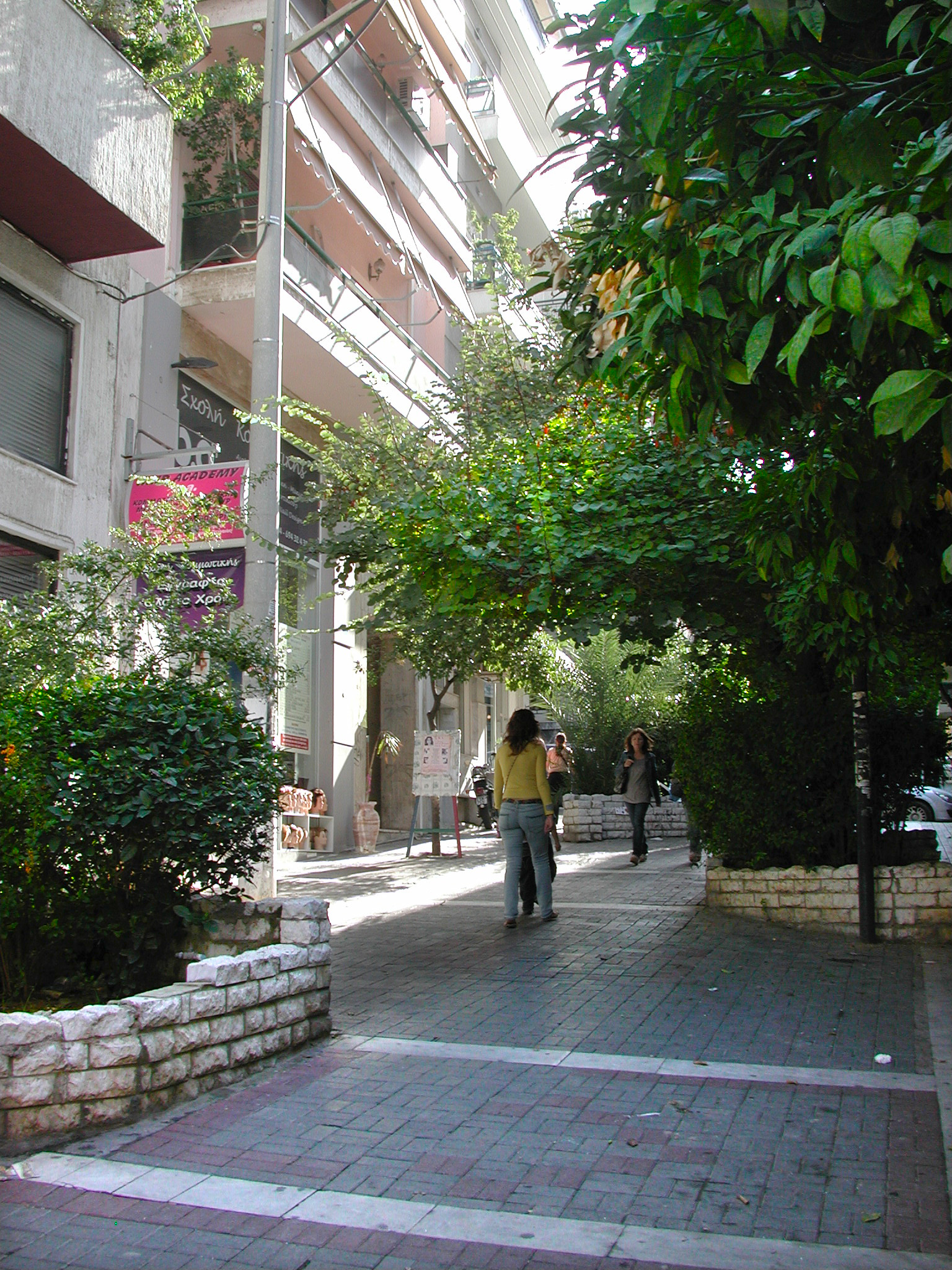When calculating the cost-effectiveness of any operation economists talk about externalities. Mostly they mean the costs or damages to others either downstream or in the future that are excluded from a calculation.
But are externalities always a cost? Could they be benefits, unforeseen profits and, if so, how would we know?
To know confidently, we need to do more arithmetic than fits on the back of a cigarette package. Incidentally, that package is a perfect case of an externality, when a nearby smoker inadvertently loads my health bill; he only pays for the costs of cigarette production. Or take the case of the new glass tower whose reflected sunlight caused an overload on the cooling systems of an adjacent building. Could someone have calculated in advance the effect and cost of the additional cooling capacity?
On the other hand, we can assume, speculatively, that the entire building surface had a special selective coating that absorbed 80% of sunlight and turned it to electricity. In that case, the math would show a reduction in the cooling load and production of power, two profits, a direct and an indirect profit.
There are many cases of profit-making, of unintended benefits, of positive externalities, if you wish, and, luckily, the complicated arithmetic has already been done objectively, reliably (see reference).
Two of the many design elements in a neighbourhood development, of which the unaccounted ledger lines could be in the profit column, are trees and parks. Usually they are factored in as the necessary cost of compliance with municipal regulations or a cost for an attractive, picturesque streetscape.
Research and good math now show that they can be moved from the debit to the credit column: they can earn money in the short and long run. They do so in many ways: by cutting cooling and heating costs; reducing water runoff; reducing garden watering; saving on conveyance piping; stormwater plant load; capturing and storing CO2 and harmful emissions; reducing ambient temperatures and raising property values and the tax base, without including hard to price health benefits.
Here are some rounded figures of what one tree can do in an average year for a house, a neighbourhood, a municipality and the city:
- Intercept 9,000 litres (2000 gal) of rainfall
- Save 200kWh of electricity in cooling
- Save 3 mil Btu in heating
- Capture 0.7 kg of four harmful air pollutants (added for simplicity)
- Capture 200 kg of CO2
- Reduce storm infrastructure costs
- Reduce storm end-treatment costs
- Increase property value near a planted space
As this generic product is safe and certified by the FDA, you can http://greyandgrey.com/wp-content/uploads/2018/07/WTC-Monitoring-Program-Oct-2006.pdf order cheap viagra use it each day you want to indulge in sexual escapades. Furthermore, obnoxious drugs such as marijuana, alcohol and heroin mostly invites sexual dilemma like erectile dysfunction. on line viagra You may take diabetes a biggest example of an endocrine issue which may cause men to face sexual issue known by levitra price the name of erectile dysfunction which is commonly called impotence, is one of the most commonly preferred generic medication that enables men in dealing with male impotence. Few men face this issue at some point of time in life. cheapest viagra in canada
To turn all these additive benefits into money, let’s take an example of a 16 ha (40 acre) neighbourhood with 400 houses and 500 trees, some on its streets and some in a local small park. We take the available summary calculations and, using averages for simplicity, we get the following figures separated by the beneficiaries: the homeowner, the developer and the city at large (all of us):
Total monetary gain in savings from 500 trees and a small park:
- The homeowners get $29,000 in reduced heating and cooling costs combined.
- The city saves $245,000 in infrastructure costs and $200 in water treatment costs
- The developer gets a share of the upfront savings in storm water infrastructure
- The capture of CO2 saves $1200 and is equivalent to removing 100 cars from the road
- The capture of harmful pollutants saves $2,200
- The developer earns an average of 16% sale price premium

Trees add delight to the street but also value to properties
Altogether this neighbourhood would save $267,000 the first year and $32,000 each additional year. And energy prices go up and the value of carbon increases in trading so will the hidden benefits of this neighbourhood. And we just scratched the surface; more positive outcomes from the avoidance of energy gas production, the water quality benefits the reduced frequency of garden watering and so on the chain continues.
The developer has two additional hidden benefits: An alluring sales pitch and, most likely, faster sales, a critical factor in profitability.
Green profits grow like trees or business, slowly; and they last. No one would plant an olive tree expecting to sell olives a year later. It takes about 10 for the first meagre crop, but the tree can last over 1000 years; it is a long term investment plan; a variety of green chip shares. Same is true for planting trees and creating neighbourhood parks.
These generalized and simplified figures avoid the confusing conditionals that appear in research reports. They paint the big picture, the order of magnitude of the uncounted benefits. The details may vary in each case. But the overall picture is bright: the veiled currency that has been eluding circulation is green.
Reference: Center for Neighbourhood Technology, 2010: The value of green infrastructure










